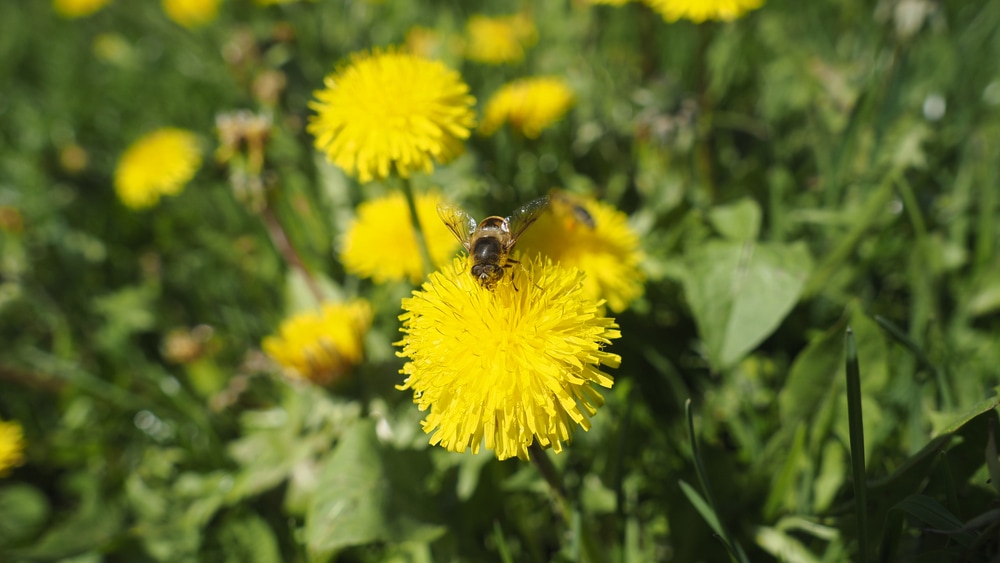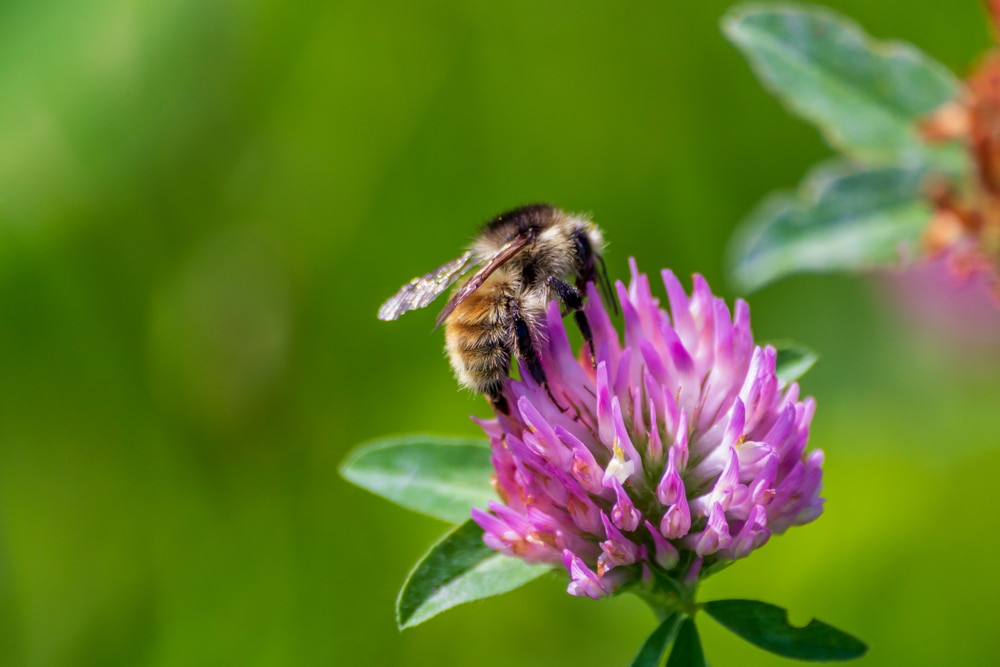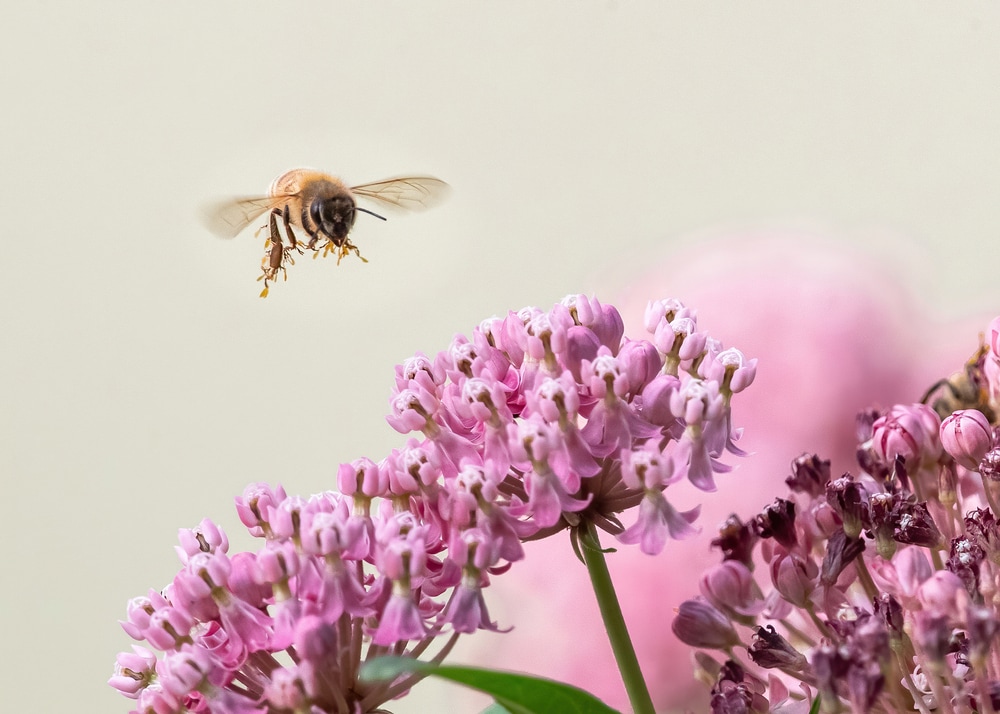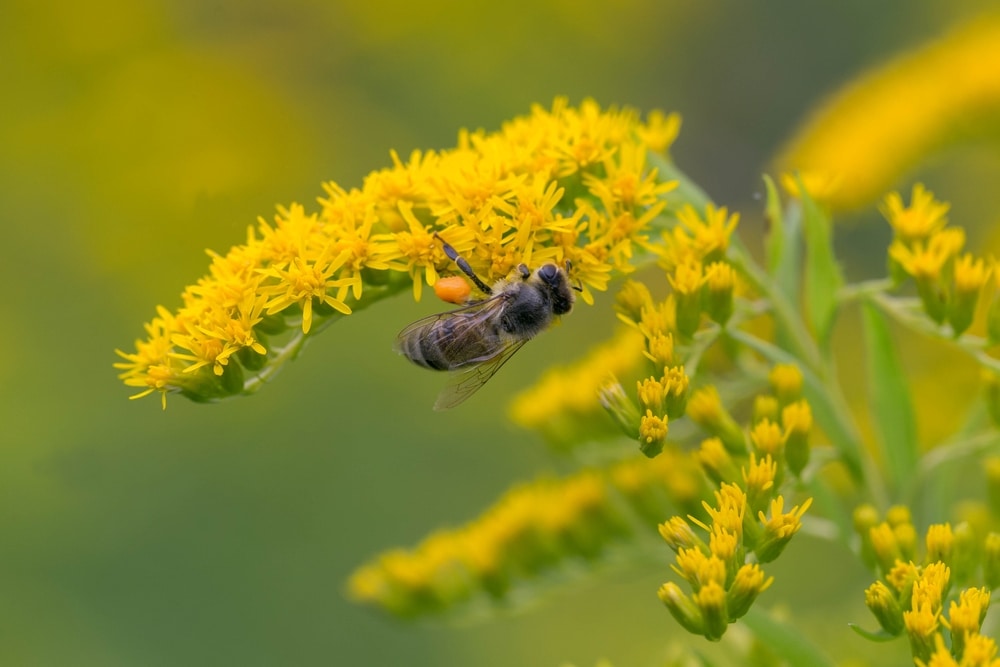Outforia Quicktake: Key Takeaways
- Bees primarily eat sweet nectar and protein-rich pollen from flowering plants, with different types of bees feeding on different plants.
- Honey bees convert nectar into honey, serving as their primary food source, while queen bees consume royal jelly throughout their development.
- Nectar is a sweet fluid produced by flowering plants containing sugar, water, amino acids, proteins, and carbohydrates, providing energy for bees.
- Pollen, a powder substance produced by plants for reproduction, serves as a protein source for bees.
- Some bees have unusual food sources, such as tears, sweat, meat, or fungi, rather than relying on flowering plants for nectar.
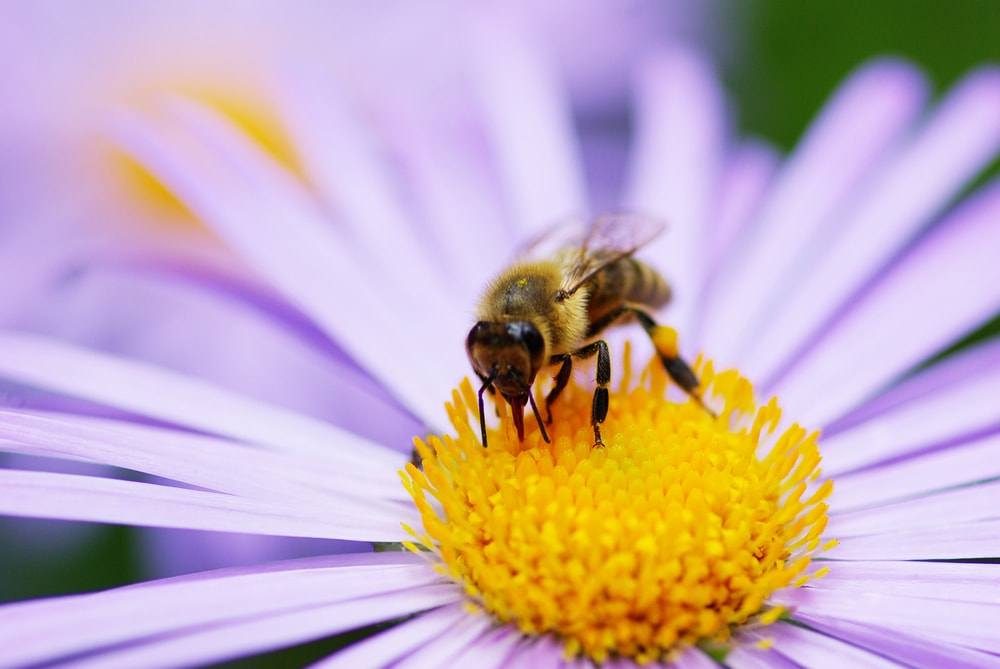
Bees are one of the most important pollinators that help flowering plants reproduce. Most flowers and bees have a mutually beneficial relationship. The relationship is based upon a bee’s need to feed and reproduce and the flowering plants need to reproduce.
So, what do bees eat?
Pollen and nectar are the main food sources of bees. They receive this food by buzzing from flower to flower and pollinating them in the process.
In this article, we’re going to take a deep dive into the diet of bees and the relationship of their diet with flowering plants.
What Do Bees Eat?
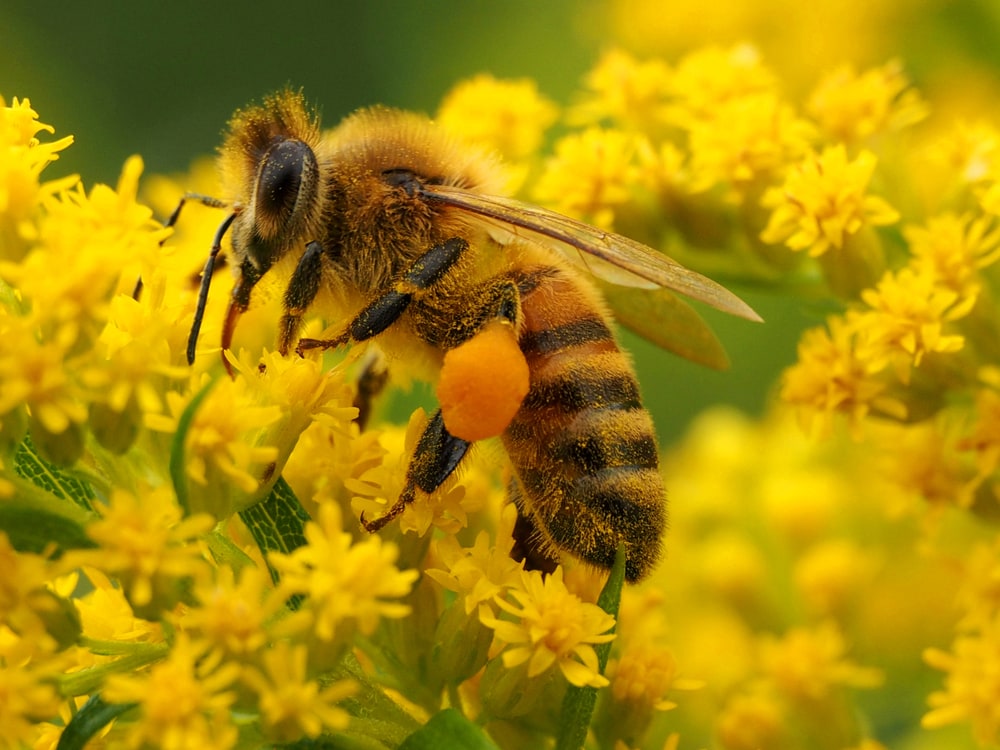
Bees eat the sweet nectar and protein-rich pollen from flowering plants. Different types of bees feed on different flowering plants. The type of food a bee eats can also depend on what development stage it’s in.
Bees travel to numerous flowers a day to collect pollen and nectar to bring back to the nest. Some foraging bees may take a small sip of nectar while collecting, but this is rare. Bees turn nectar and pollen into food by combining the two with their own secretions.
Some bees have special diets that revolve around certain flowers. Other bee species don’t bother eating nectar or pollen at all and find nutrients from other food sources.
Honey Bee Diet
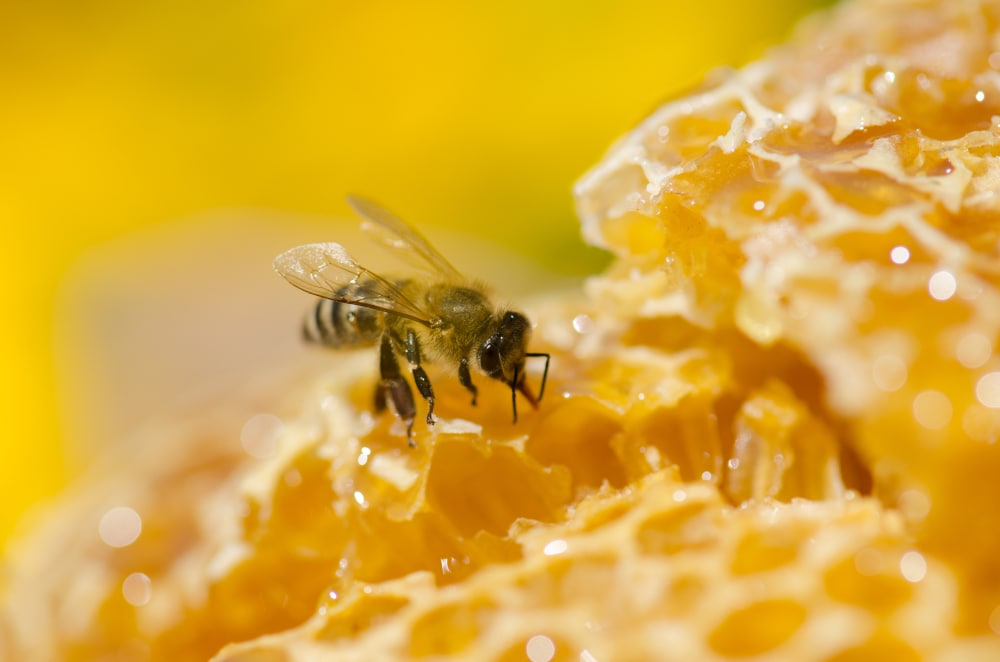
Honey bees turn nectar into honey, which is the primary food source for this bee species.
When nectar is brought back to the hive, it still has a high moisture content. This means it’s not ideal to keep in hive cells for long-term storage. Honey bees convert nectar into honey to store it.
Nectar is converted into honey as bees break it down by passing it from one bee to another. Honey bees collect nectar in a structure called a honey stomach. Once full, they bring the nectar back to the hive. The nectar is regurgitated to house bees in the hive.
The enzymes in the honey stomach break down the sugars in nectar to reduce the likelihood of crystallization. This process is called inversion. The nectar is broken down each time the nectar is passed between the house bees.
Once the nectar has been reduced to about 20% water content, it’s ready to be stored in honeycomb cells. Bees in the hive beat their wings rapidly to help evaporate water once the substance is placed into cells.
Although honey is the primary diet for honey bees, it’s not a food source for other bee species. Different bee species have a variety of methods for collecting, consuming, and storing food.
What Do Queen Bees Eat?
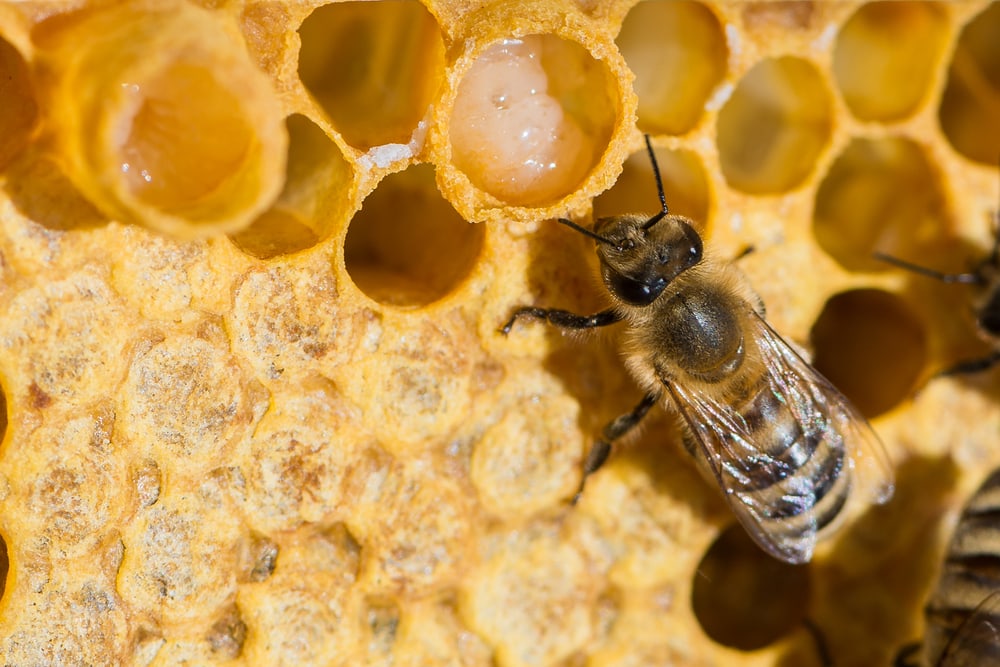
Queen bees are adult female honey bees. These are female bees that are chosen specifically to reproduce to maintain the colony. Queen bees are fed a special type of food to help them develop rapidly.
Royal jelly is fed exclusively to queen bees throughout their development. However, all honey bee larvae are fed royal jelly during the first three days of development. Only fertilized eggs are capable of becoming queen or worker bees. Unfertilized eggs become male drone bees.
Royal jelly is a protein-rich substance that’s produced from worker bees. Hypopharyngeal glands located on the sides of a worker bee’s head help produce royal jelly. This sweet substance is made from pollen and nectar.
It has a high nutritional value containing various nutrients, B vitamins, fertility stimulants, and special dietary supplements. Royal jelly helps queen bees grow much quicker and twice as big as regular honey bees.
Larvae chosen to be worker bees are fed worker jelly after receiving royal jelly for three days following hatching.
Worker jelly is a combination of royal jelly, nectar, and pollen. Worker bees become sterile and aren’t able to reproduce like the queen. The first few days of development and feeding is critical for healthy bee development.
Nurse bees are responsible for feeding the larvae. Nurse bees visit larvae about 10,000 times each during the development stage. This means that nurse bees tend to larvae at least once every 43 seconds.
What is Nectar?
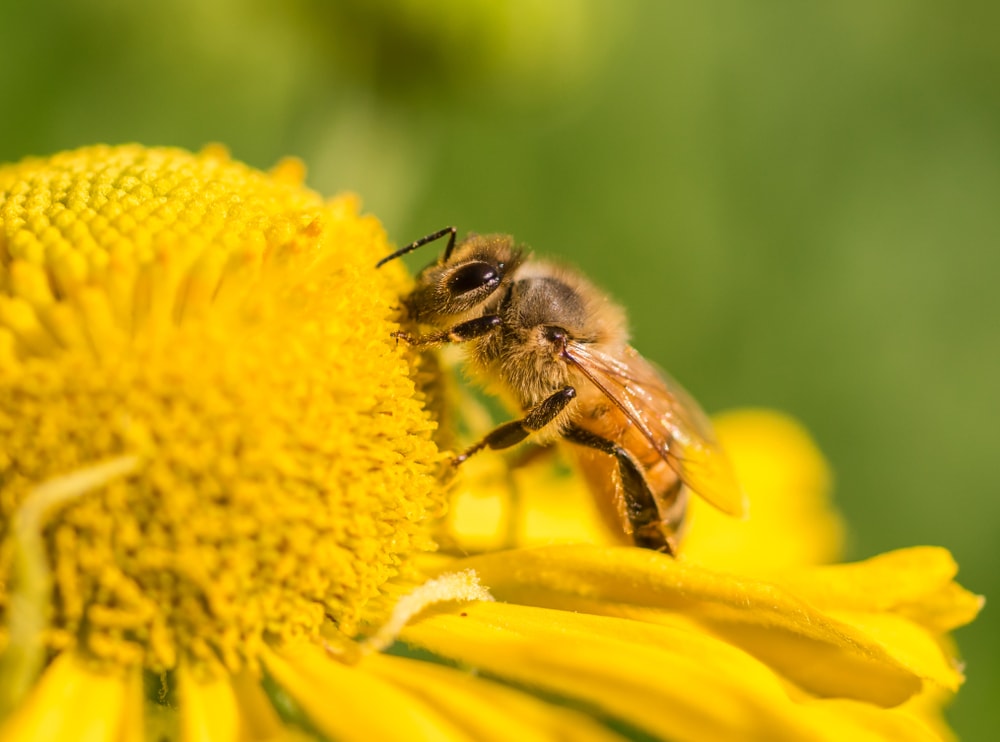
Nectar is a sweet fluid that’s produced by flowering plants. It’s made up of sugar, water, amino acids, proteins, and carbohydrates. All of these nutrients are essential to a bee’s diet. Nectar is produced in nectaries, which is a structure within flowering plants.
Nectar is the main source of energy for most bee species. It’s a key ingredient for creating royal jelly produced by honey bees.
Bumblebees may also use nectar to create a smaller amount of honey.
The nectar converted into honey by bumblebees is stored in a honey pot. This is used as a food source for female bumblebees that live solitary lives.
Female bumbles care for themselves and their offspring, so they need the honeypot when guarding their nest.
You can also check out this video on how bees turn nectar into honey.
Not all flowering plants produce the same type of nectar. Some may have nectar with a higher sugar concentration than others. Most nectar has a sugar concentration between 25% and 55%. For comparison, coca-cola soda sugar content by weight is around 10%.
Flowering plants may produce special types of nectar to attract specific pollinators. Some nectar has a special scent or stimulant that helps bees and other pollinators remember the plant.
Flowering plants have evolved to increase the possibility of a pollinator visiting the flower.
The goal of flowering plants is to attract pollinators so it can reproduce. It’s one of the types of floral rewards that flowering plants give to pollinators for their services.
What is Pollen?
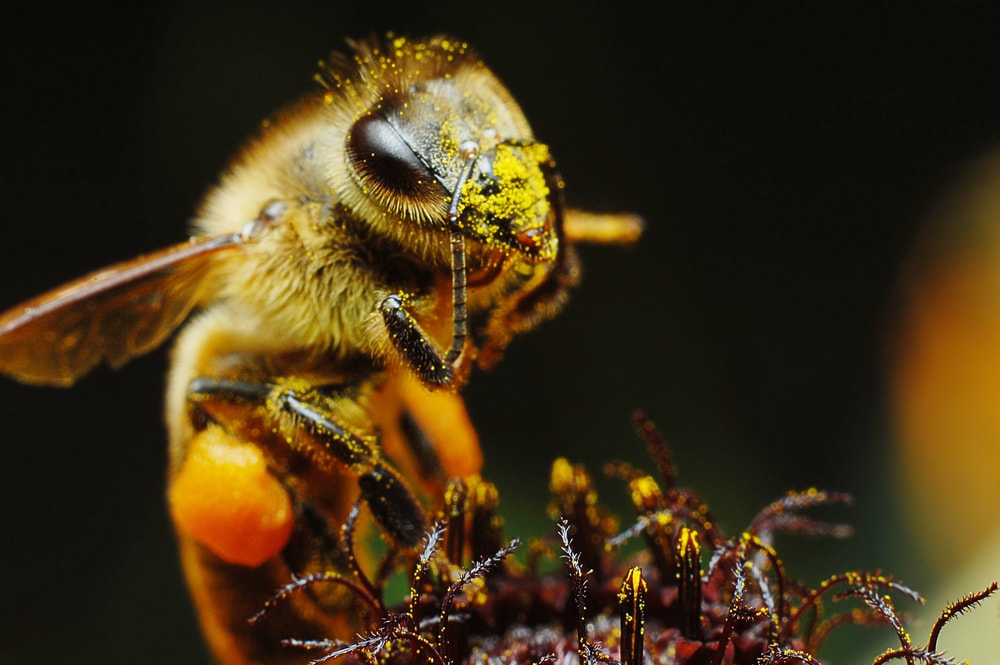
Pollen is a powder substance that a plant produces to reproduce. Most pollen is yellow, but it can also be orange or other colors.
Most flowering plants rely on insects or other animals to spread pollen. When pollen is spread to other flowering plants, it helps them reproduce.
There are different types of pollen depending on the plant species. The variations of pollen can have different shapes. Differences in pollen between flowering plants prevents cross-breeding.
Bees collect and eat pollen as a source of protein. Pollen grains can contain anywhere between 2.5% to 61% of protein. For comparison, the protein content of lean beef is around 26%.
The outer coating of pollen grains is soft and sticky. This allows bees to pick up pollen easily as they collect nectar from flowers. The inside layers of pollen grains are rigid and difficult to digest. However, bees have special digestive enzymes that help break down these rigid layers.
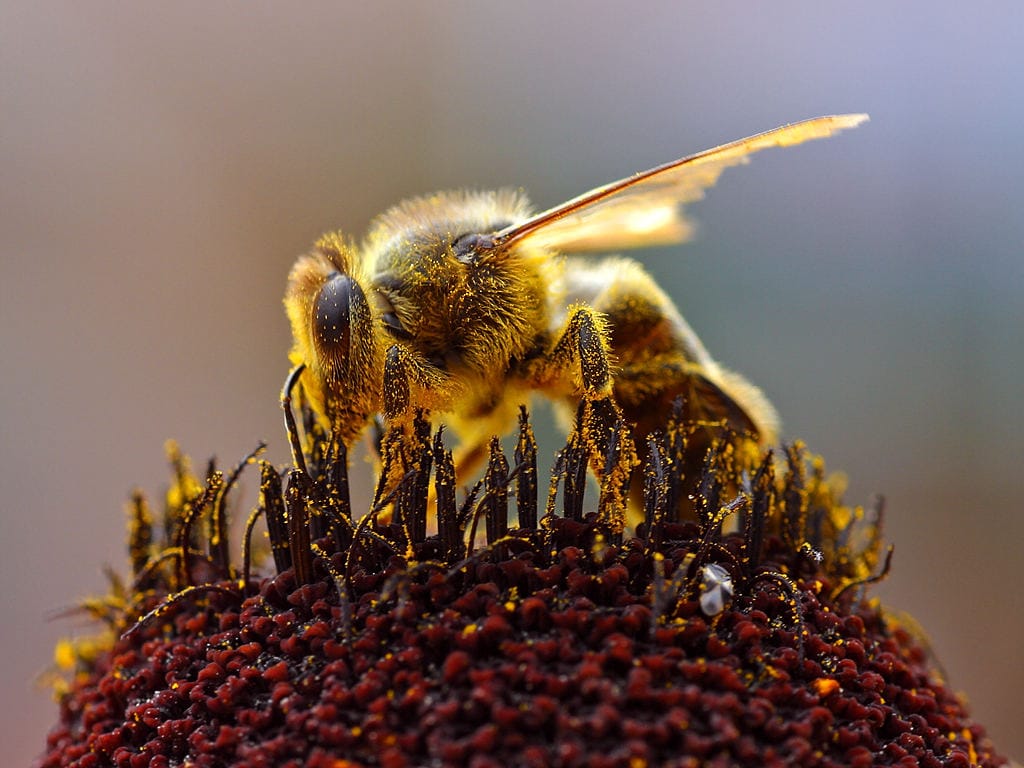
The extent of coevolution between bees and flowering plants is still being studied. But it’s known that bees have evolved structures specifically for collecting pollen.
Bees have various structures on their body that make pollen collection easier. Some bees may have physical structures designed to pick up pollen from specific plant species.
Unlike nectar, most bees carry pollen on the outside of their bodies. However, some bees can store pollen in their honey stomach.
Pollen is brought back to the nest to be combined with nectar and other substances that bees produce to make food. The combination of pollen and nectar creates a nutritional diet for bees. It’s a key ingredient in royal jelly and worker bee jelly mixtures.
You may also like: How Long Do Bees Live? Everything You Need To Know About The Life Of A Bee
Floral Rewards
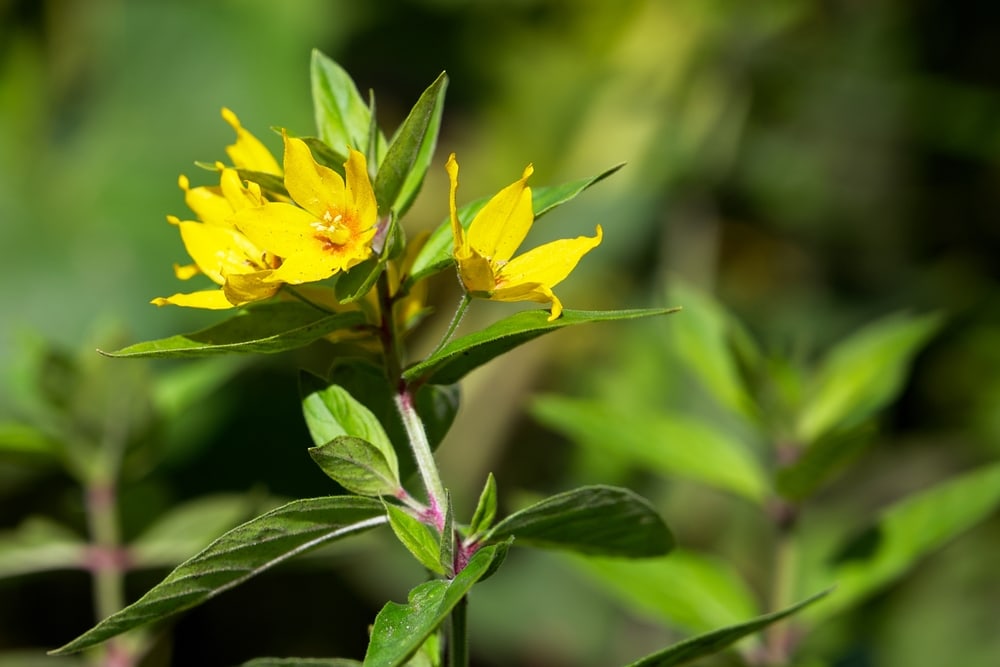
Nectar and pollen aren’t the only rewards that insects can receive from flowering plants. Floral oils can be collected from oil-collecting bee species. Floral oil is an energy-rich substance that some flowering plants produce.
About 1,800 plants within 11 flowering plant families are capable of producing floral oils.
Floral oils are produced by the elaiophore glands of oil-producing flowers. It’s used as a substitute for nectar because most of these flowers don’t produce nectar.
There are about 440 bee species that collect floral oils for food and offspring protection. Most of these species are found in tropical habitats.
Floral oil is an antimicrobial substance. Bees can use it to protect their offspring from bacteria and disease. They do this by lining the walls of their nests with the substance. It’s also used to feed larvae.
Although many flowers are happy to offer pollinators a reward for their services, some flowers are deceptive.
Some flowering species may try to trick pollinators into picking up pollen while offering little to no reward.
For example, bee orchids deceive male bees by looking like female bees. When a male bee lands on the flower thinking it’s a female bee, it picks up pollen without getting any reward in return.
Some bees have developed their own tricky system to bypass pollination. Carpenter bees and honey bees can cut slits into flowers to steal nectar without picking up pollen. These types of bees are called bandit bees.
You may also like: Get That Glow! What Do Fireflies Eat? + Many Other Enlightening Facts
History of Flowers and Reproductive Systems
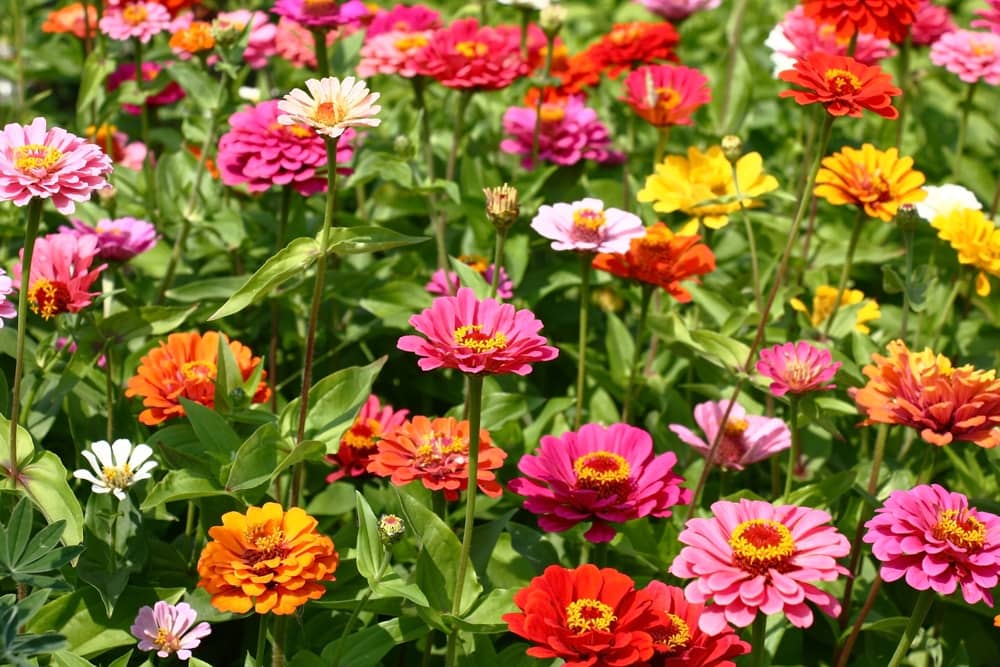
It’s important to know about the evolution of plants and their reproductive process to understand the relationship between flowering plants and pollinators.
There are many different types of flowers capable of producing nectar. The intricate process of pollination rewards for plant reproduction dates back millions of years.
Early plant life began with nonvascular plants. These plants lacked a vascular system. This means they didn’t have structures to circulate nutrients and water. Some early examples of these plants include some types of algae and mosses.
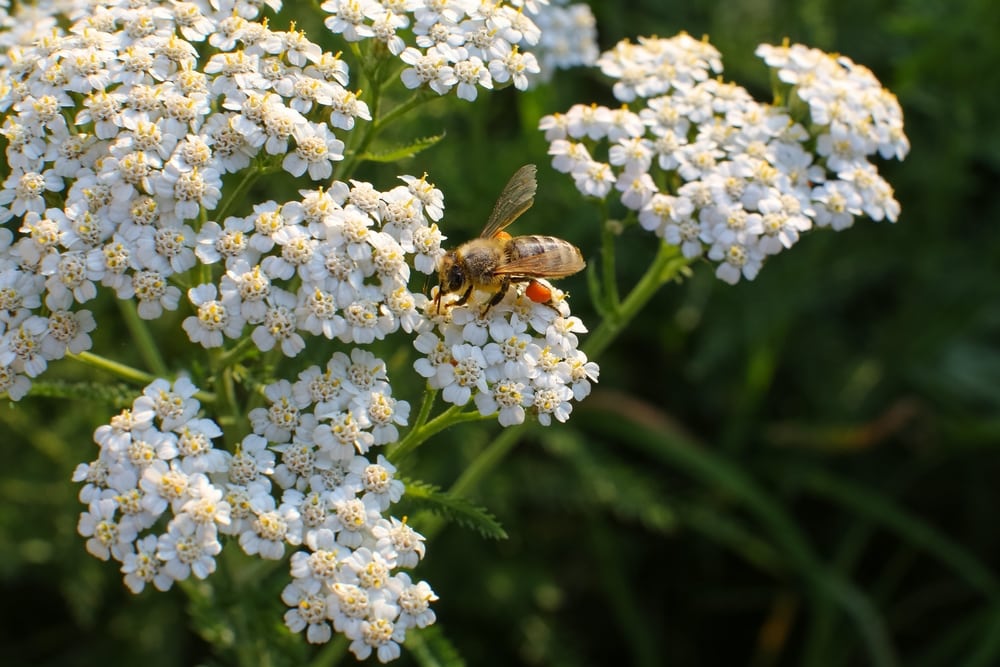
Development of vascular systems in plants occurred around 430 million years ago. Reproduction from seeds followed another 100 million years later. Based on fossil records, gymnosperm plants appeared between 390 and 319 million years ago.
Fossil records reveal that angiosperm plants emerged around 150 million years ago. However, some studies suggest that it could’ve been even earlier than this.
Angiosperm plants are responsible for most insect-pollinating relationships. These plants developed special reproductive processes that use the help of insects to reproduce. This includes developing attractive structures for pollinators, including nectar and floral rewards.
Pollination is a key part of the reproductive process in angiosperm plants. Some plants use wind as a tool to spread pollen. However, many flowering plants rely on insects and other animals to reproduce.
You may also like: 18 Different Types Of Wasps: A Guide To Their Diversity + Chart And Photos
Types of Flowers That Produce Bee Food
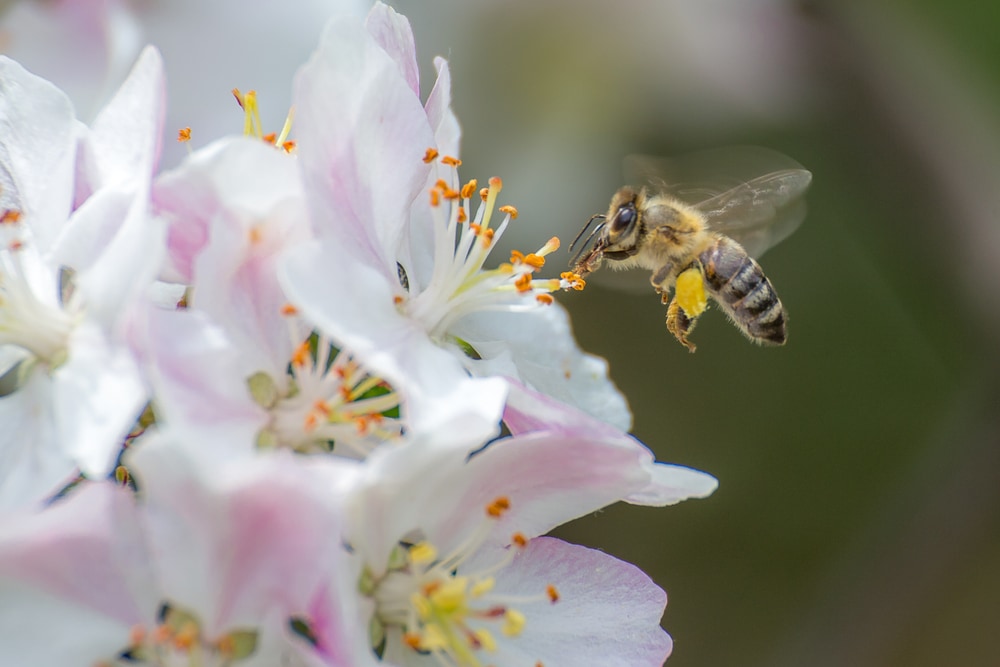
Angiosperm plants, or flowering plants, are largely responsible for producing pollen and nectar for pollinators.
Bees visit various types of flowering plants in search of nectar. In the process, bees help these flowers reproduce by gathering pollen. For their pollination services, bees are rewarded by the flower with nectar.
The types of flowers a bee favors can depend on location. For example, honeybees in Florida frequently visit American holly, southern magnolias, and saw palmettos amongst other flowers. Not all flowering plants are visited by bees.
Other common flowering plants that attract bees include:
- Dandelions
- Clover
- Milkweed
- Goldenrod
This is just a small fraction of the many flowering plants that bees visit.
Some flowers have special structures designed for other visitors, such as butterflies or hummingbirds. Some are able to attract specific visitors that will benefit the flower most, while keeping other pollinators out.
Flowers that attract bees typically have a sweet and delicate scent. Since bees see in the ultraviolet spectrum, they’re most attracted to yellow and blue flowers. These flowers may have specially colored nectar guides or landing patterns to assist bees.
Bees like to land on flowers to collect nectar. Many flowering plants that attract bees have landing platforms that allow bees to do this.
Some flowers only open for certain types of bees that trigger the flower to open.
Other flowering plants aren’t so picky about the type of pollinators they attract. However, this can cause pollinators to not spread pollen to the right plants to reproduce.
You may also like: How Long Do Butterflies Live? Not As Long As You’d Think!
Unusual Bee Food Sources
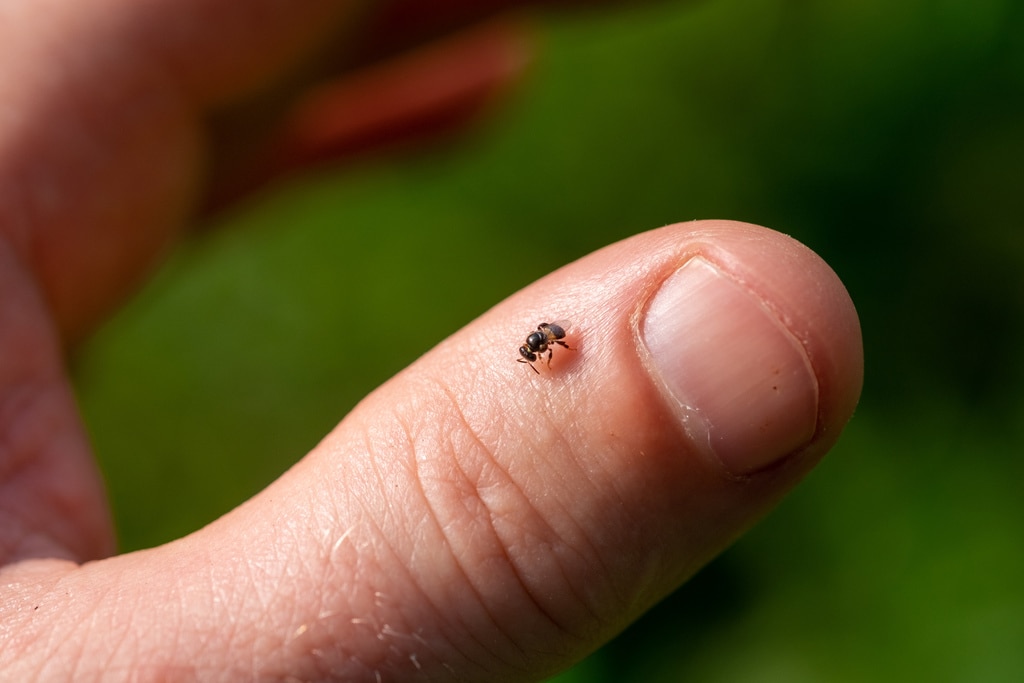
Shawn O’Donnell / CC BY 4.0 / inaturalist.org
Although most bee species depend on flowering plants for nectar, every species is different. Some bees get the nutrients and energy they need from unusual food sources.
There are some bees that don’t depend on flowering plants to get the nutrients they need. Stingless bee species in Thailand have been known to collect tears and sweat as a food source.
They receive protein from the tears of cattle, humans, and other mammals. They have a special type of abdomen that allows them to collect more liquid. These stingless bees also don’t negatively impact their hosts.
Stingless bee species native to Central and South America, known as vulture bees, feed on meat. Rather than collecting pollen for protein, they get all they need from carrion.
These bees have a similar food collection process as other bees that collect pollen and nectar. They chew the meat while buzzing home. Once they store it in their nest, they convert it into a secretion that’s consumed by adults and larvae.
A stingless bee native to Brazil, Scaptotrigona depilis, only feeds on fungi. These bees have a unique behavior of harvesting their own food. They collect fungi and then cultivate it in their nest. Adults help cultivate it with a nectar and pollen mixture to help it grow.
The fungi is consumed by adults and larvae. They can convert it into a waxy substance to transfer it to another nest. It’s one of the only bee species capable of cultivating its own food.
You may also like: Types Of Stink Bugs: Field Guide (Names & Photos)
Bee Diet FAQs
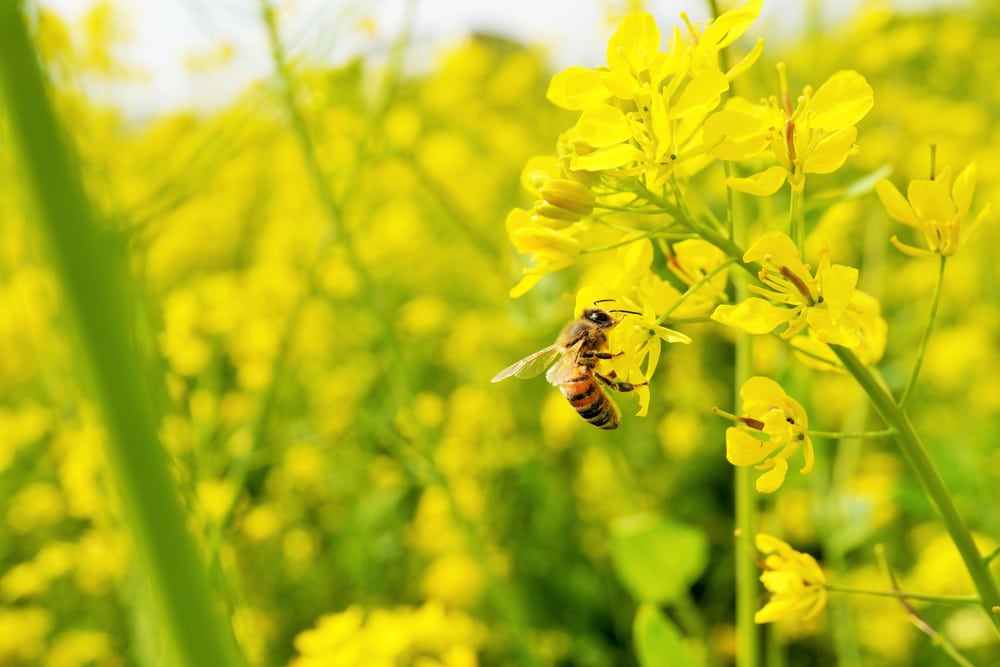
How much food does a bee eat in a day?
The amount of food a bee eats in a day can depend on the colony it’s in and the season. Since nectar is an energy source, the amount of sugar in the nectar collected can change the amount consumed.
If the nectar has a higher concentration of sugar, bees might not need as much to refuel. A worker bee may consume about 22 microliters of a nectar mixture per day.
Do bees eat more pollen or nectar?
Pollen and nectar are both equally important for a bee’s diet. They provide different types of nutrients for bees. Nectar provides bees with energy, while pollen is a source of protein.
Bees combine pollen and nectar to create their food. Adults typically consume a mixture that’s mostly nectar with a little pollen. Queen honey bees may feed on a more balanced nectar-pollen diet. Larvae are fed a more pollen-rich diet.
Do all flowers produce nectar?
Nectar is a type of reward that flowering plants offer to pollinators for their services. With that said, not all plants produce nectar. Some plants are able to self-pollinate. This means they don’t need to offer a reward for pollination.
What is a bee’s favorite flower?
The types of flowers bees are most attracted to can depend on the species. The length of a bee’s tongue can differ between species.
Bees with longer tongs seek out flowers more tubular in shape.
Bees with shorter tongues might be attracted to flowers without long tubes, such as daisies. If you want more bees to visit your garden, there are some things that can help attract bees more.
Bees like yellow, blue, purple, and white-colored flowers.
Since bees can’t see red, these flowers are visited more by butterflies and hummingbirds. Planting native flowering plants can also help attract bees native to your area.




